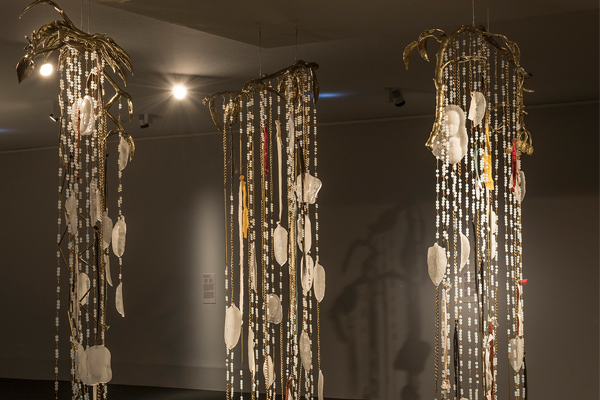Naufus Ramírez-Figueroa
Naufus Ramírez-Figueroa’s art ranges from performance and video, to sculpture, installation, and printmaking. It has encompassed investigations of dreams, architecture, abstraction, theater, and notions of the spiritual. Ramírez-Figueroa frequently explores historical narratives—especially the legacy of Guatemala’s brutal civil war (1960–96)—through the conditions of the body.
His project for How to Tread Lightly is titled Art and Vocabulary of Ch’olti Language and refers to the title of a manuscript written in 1695 by Friar Francisco Morán, in which this Spanish colonist documented the Ch’olti language while living in Guatemala. As an outcome of Morán’s advice, the Ch’olti-speaking Maya people were violently annihilated and their homeland was depopulated by the military and missionary powers of the time.
The Manche Ch’ol territory remained an enchanted and haunted place for the colonists. Some Spaniards from the 18th century are said to have observed that the fields of cacao, vanilla, and achiote were still being taken care of even though the land lacked a population to look after the crops. Morán’s manuscript and the context in which it was created reflects the process of deculturalization and loss that Guatemalan people still suffer today.
Ramírez-Figueroa presents a series of hanging beaded curtains that take their inspiration from the “enchanted” gardens of the former Ch’olti-speaking territory and refer to drawings that Morán included in his manuscript. Each curtain hangs from a sculpture representing cacao, vanilla, and achiote plants and the installation will be accompanied on st_age by a sound piece featuring the words documented by Morán.
Do you want to learn more about the project?
st_age, is a digital platform launched by TBA21 as a response to the Covid-19 crisis to present newly produced works. It aims to offer refuge and support and at the same time to establish ground for discussion and collaboration between different disciplines and generations in order to build the foundations of a new cultural space.

